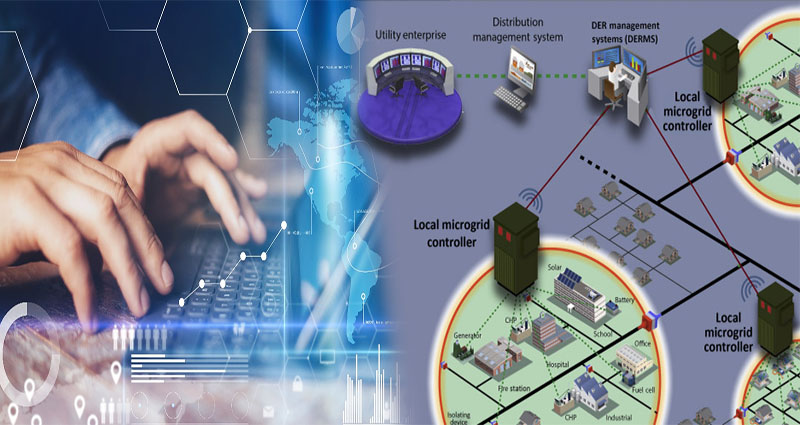Network communications protocols are a way to send data between two systems. They define rules for syntax, semantics, synchronization, and error recovery. There are numerous protocols that are used in communication, from HTTP to ICMP. Let’s look at some of them. Then, learn about their advantages and disadvantages.
TCP/IP
TCP/IP is a network communication protocol that divides a single message into several packets. These packets can then be forwarded by network devices such as routers and switches. Each packet is numbered so that it can be routed to its destination. This type of protocol is connection-oriented, which means that it ensures that a link is formed between the source and destination computers.
HTTP
HTTP is a standard for web-based computer communications. It uses ASCII text format to specify the request and response. It defines three basic methods, GET, PUT, and DELETE, which are all derived from the name of the … Read the rest >>>>

